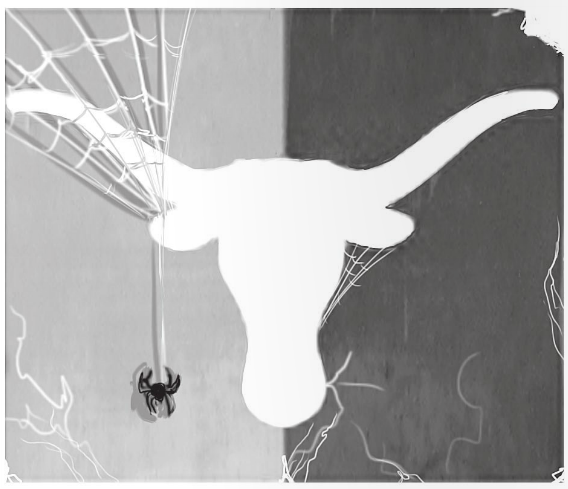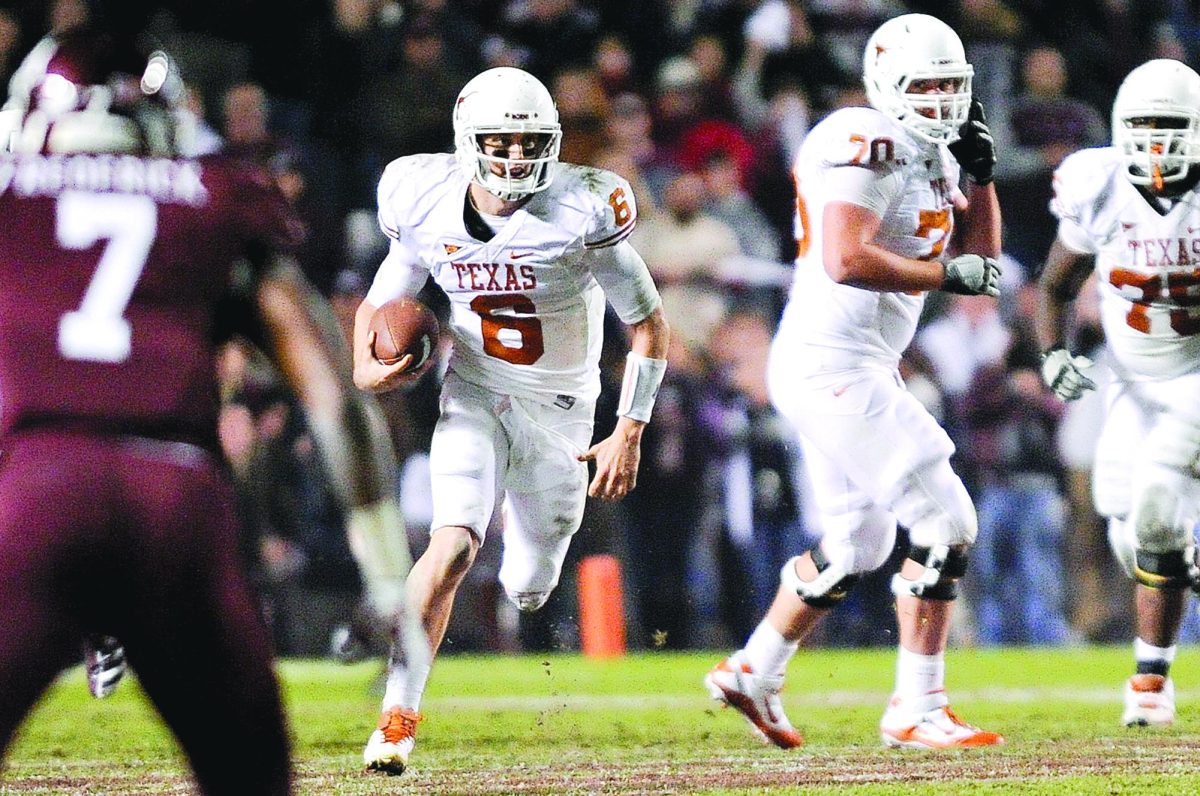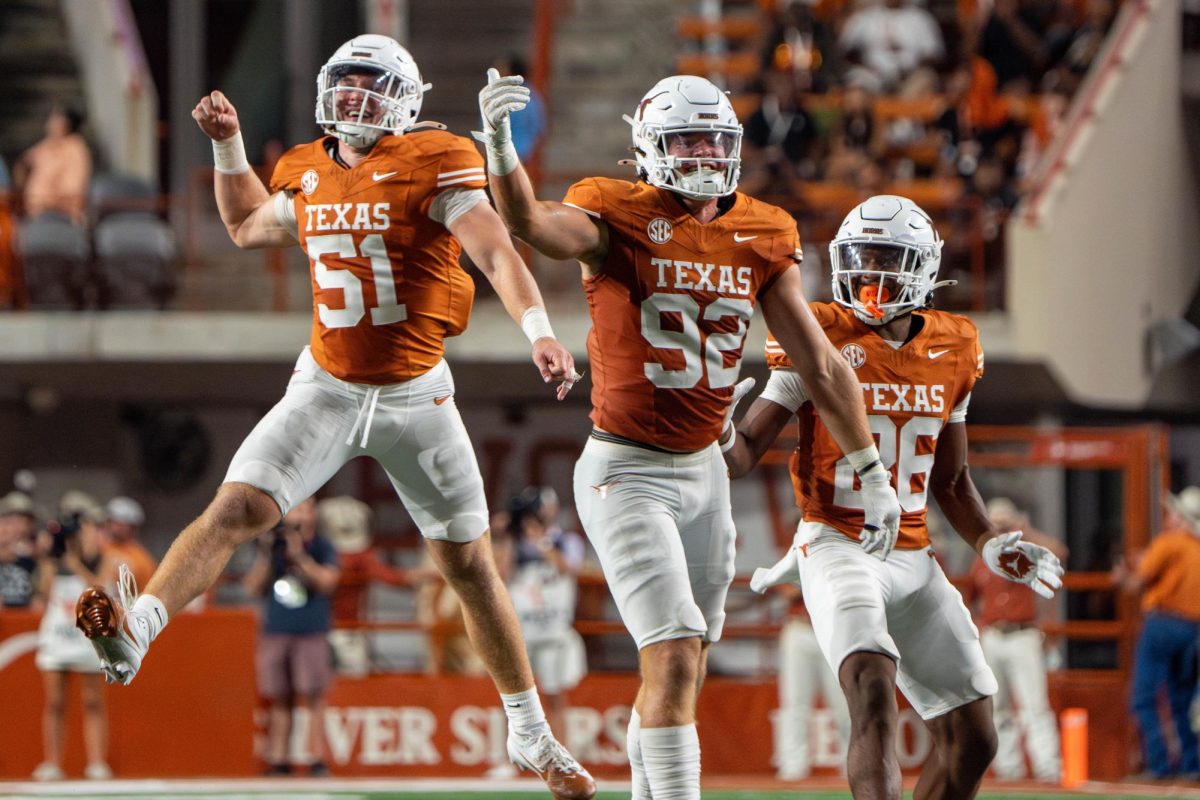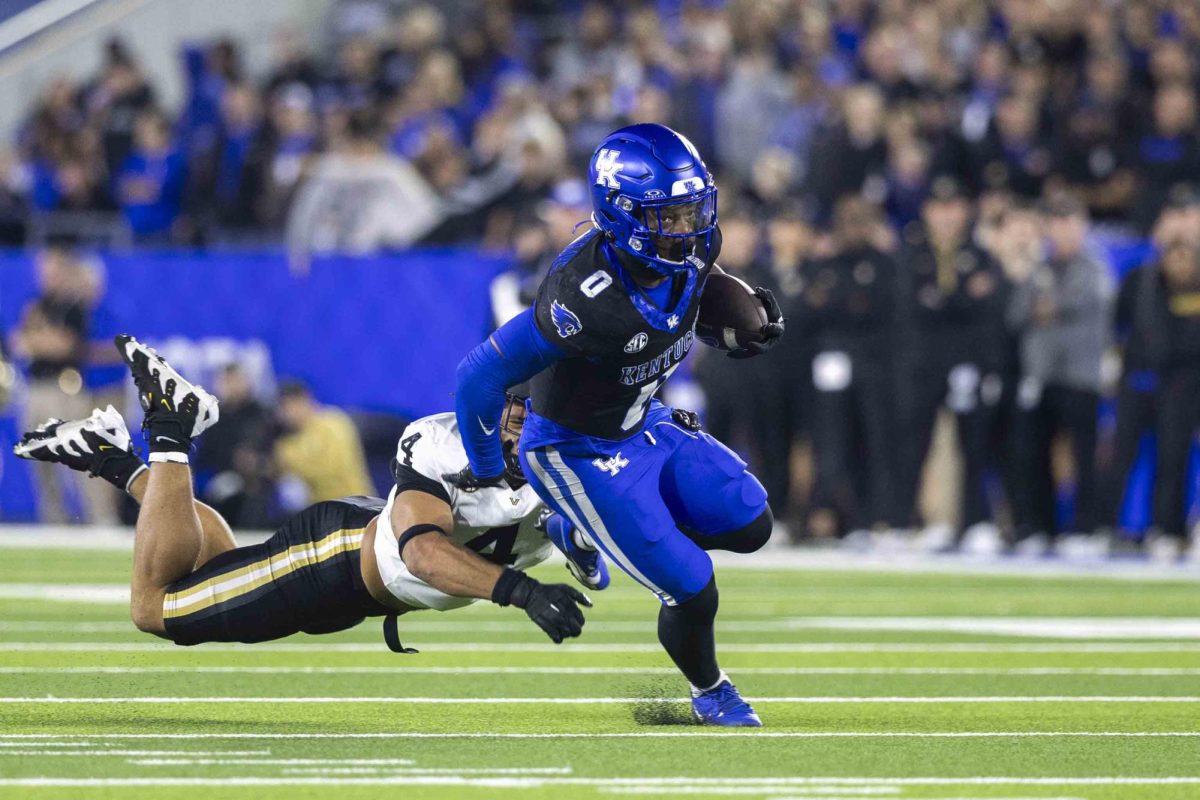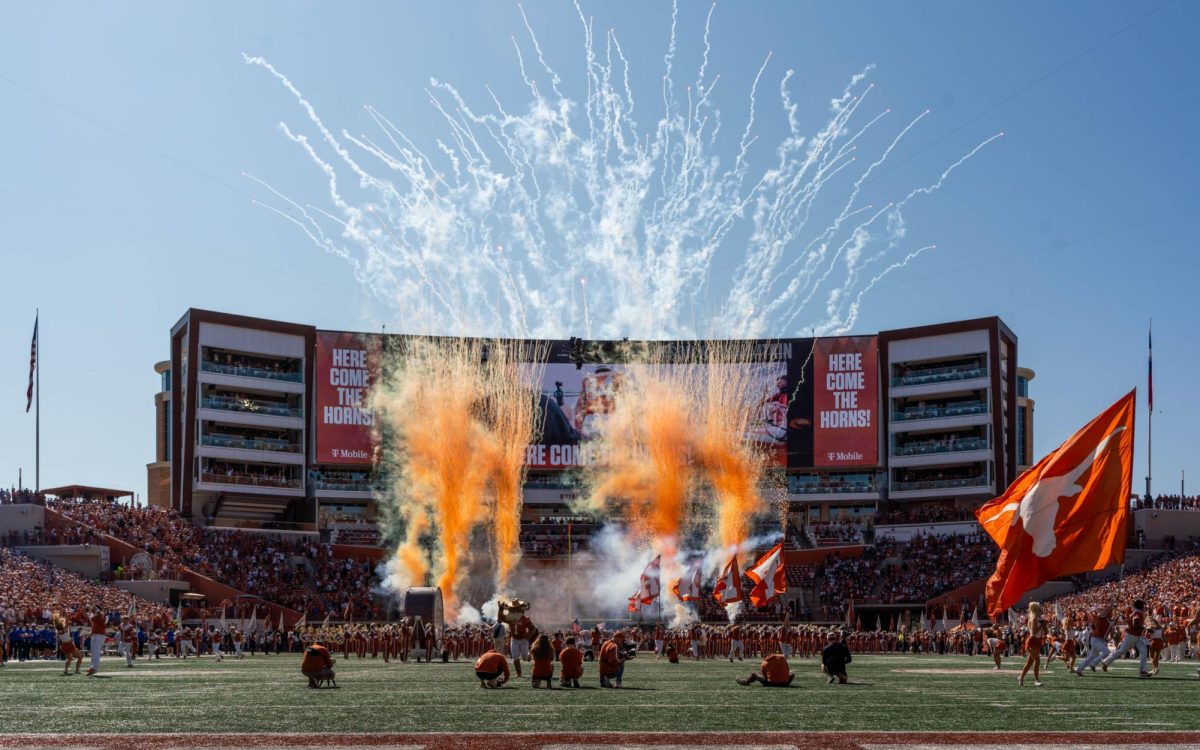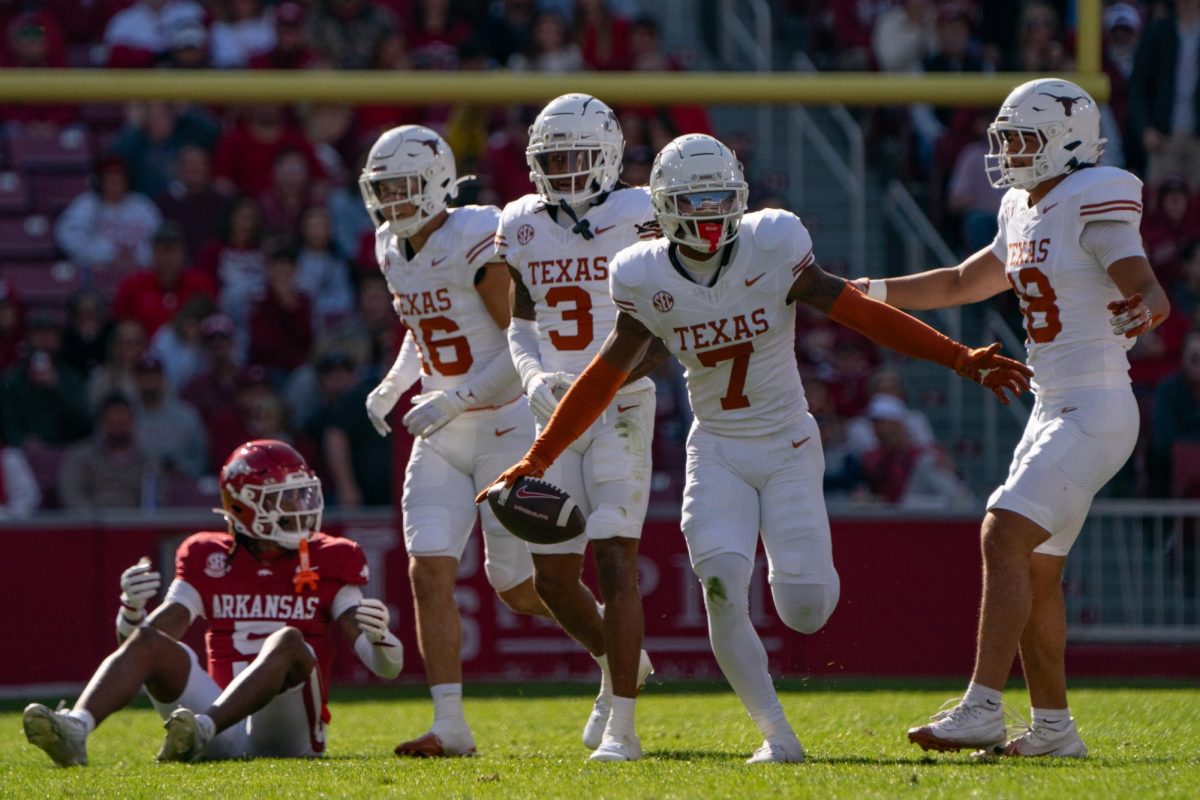Texas is entering this season with many changes within the program and within the Big 12 conference.
One thing that hasn’t changed is the Longhorn Network.
Remember the Longhorn Network? Probably not, since you most likely don’t get the channel.
The network, which launched last August, remains at a standstill with very few cable companies offering the network. Verizon’s FiOS is the largest cable provider to carry it.
Some smaller providers like Grande Communications carry the Longhorn Network, but as it approaches its one-year anniversary, its overall audience is still scarce.
According to Austin American-Statesman columnist Kirk Bohls, Time Warner Cable is no closer to reaching an agreement with ESPN.
According to Bohls, Time Warner released a statement in June that said, “We had discussions with ESPN (about distribution), and we did not come to an agreement on terms for a contract that would allow Time Warner Cable to distribute the Longhorn Network. At this time, there aren’t any plans to carry the Longhorn Network.”
ESPN is paying Texas $300 million over the next 20 years to own and operate the network. But as time goes on, the network loses more credibility and instead earns more frustration from fans.
According to the Houston Chronicle’s Mike Finger, Texas athletic director DeLoss Dodds said at least two and possibly three football games will be aired on the network this year. That means a quarter of the team’s regular season games will only be available to few fans.
Last year, Texas’ lopsided wins over Rice and Kansas were aired on the network. This year, Texas’ home games are against Wyoming, New Mexico, West Virginia, Baylor, Iowa State and TCU. So unless you are one of the 100,000 people who will be at the game, you will probably be missing out — again.
The Network is consistently asking people to call their cable providers to request the Longhorn Network. But thus far, the network has only been detrimental to fans. It has made viewing games very difficult and helped in part to bring an end to one of the most famous rivalries in college sports as Texas A&M scurried to the SEC. It has also limited player access to media outlets and the public. It’s hard to imagine that people will be calling and begging for something that has had such a negative effect on Texas football thus far.
If it ever does become more readily available, it could become a positive addition to the Texas football program. But until then, fans will continue to wait.
“The network’s taking a lot of time, much more than we anticipated,” Texas head coach Mack Brown said last October.
I agree, Mack, it is taking a long time.

